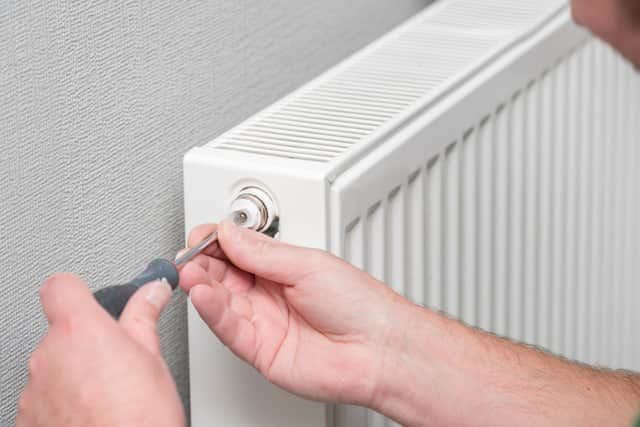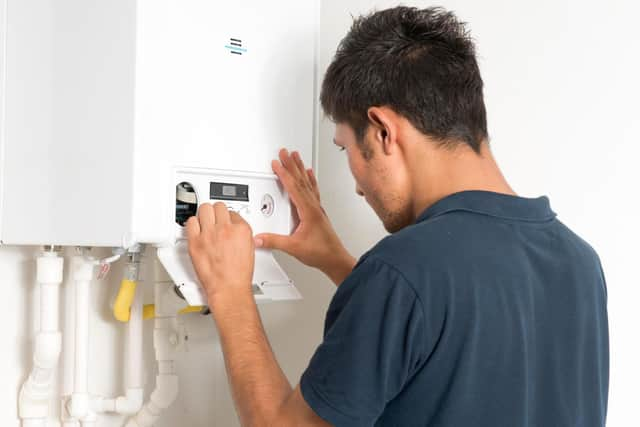How to bleed a radiator: Step-by-step guide to bleeding a radiator, save money on bills
With a cost-of-living crisis looming over us, we must ensure that we cut our energy bills by keeping our heating efficient. If your radiator isn’t well-maintained then it will take longer to heat up but you can avoid this problem by bleeding it.
This only takes five minutes but can have big returns on money while keeping your home comfortable during the cold weather. Here is how to tell if your radiator needs bleeding, a step-by-step guide on how to bleed it, and when you should check it again.


When do you need to bleed the radiators?
Advertisement
Hide AdAdvertisement
Hide AdEven if your radiators are functioning correctly it is recommended that you bleed them once per year so they run as efficiently as possible thus saving you money. Radiators have to be bled when they have air trapped inside them as the air prevents water from circulating around the inside which lowers the heating efficiency.
How to check which radiators need bleeding?
Heating technology specialist Jessica Steele who works for the designer radiator shop BestHeating spoke to the Mirror offering her advice on checking which radiators need bleeding.
She said: “Before you start, turn your heating system on fully and wait until radiators have reached their maximum heat.
“Doing this will help you feel any cold spots and allow you to know which radiators need bleeding around the home. Carefully run your hand along the top of each radiator and if you feel any cold areas it is a clear sign that it needs bleeding.
“Once this is done make a note of which to do and turn the heating off to allow the radiators to cool. The last thing you want is to have hot water burn you when trying to bleed the radiators.”
Take note of the radiators that need bleeding and their distance away from the boiler as you should start with the radiator furthest from it as this will save more energy, according to Steele.


How to bleed your radiator?
Turn off the heating and let it cool down: after checking which radiators need bleeding (see above) it is important to allow the radiator time to cool so you won’t be scolded by hot water when you start bleeding it.
Find the radiator bleed valve: you can locate the bleed valve near the top on the side of the radiator, it looks like a small screw or metal square. Before interacting with it, place a towel on the floor underneath it so your floor is protected from dingy water.
Advertisement
Hide AdAdvertisement
Hide AdDo a quarter turn on the valve to loosen it: with a radiator key turn the bleed valve anti-clockwise until it starts to make a hissing sound, this should only be about a quarter turn because if it’s opened too much water will rapidly escape.
Close the bleed valve: eventually the hissing sound will stop and water will start to escape which means you have bled the trapped air and you can close the valve.
Check the pressure on the boiler: your boiler’s pressure gauge as it may have dropped during the bleeding process, if so you should top up the pressure before using the heating again.
How to check if you bled your radiators correctly?
After you have bled your radiators and adjusted the boiler pressure you should then turn the heating on and run some final checks. Same as before, simply check each radiator in your home and check for cold spots as you are running the heating as this will reveal if the bleeding was successful or not.
Comments
Want to join the conversation? Please or to comment on this article.
